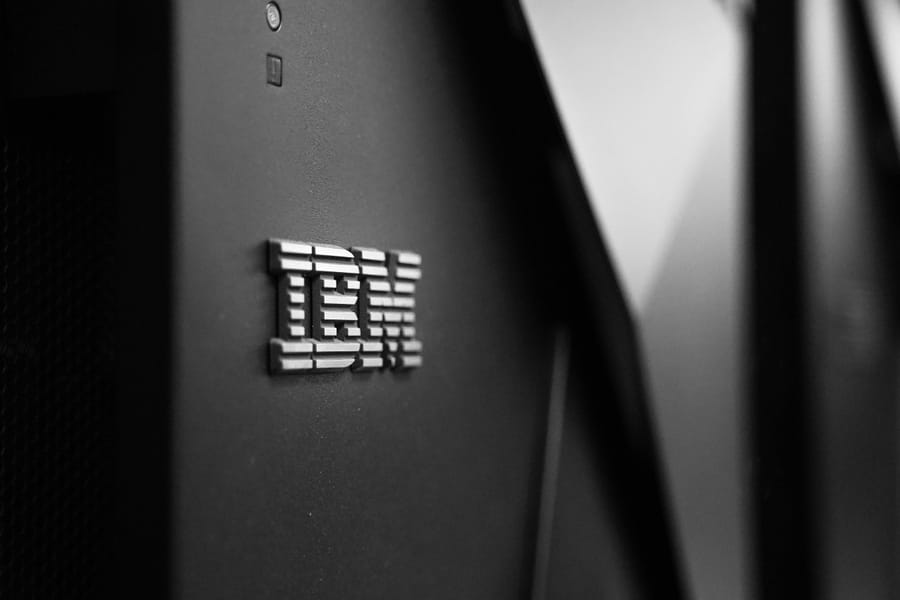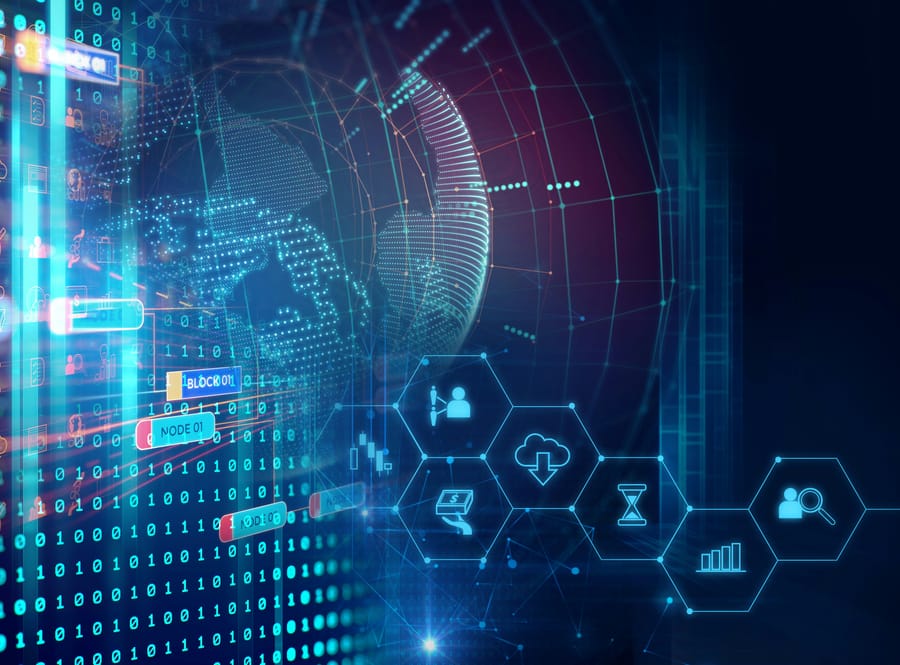The AI Builders Summit 2025 event series showcased the latest directions in artificial intelligence development over four weeks, from large language models (LLMs) to AI agents. During the virtual event organized by ODSC between January 15 and February 6, 2025, hundreds of participants tracked the evolution of various AI technologies, which focused on four main areas: large language models, Retrieval-Augmented Generation (RAG), AI agents, and AI building.
The first week's presentations focused on language models, where Julien Simon from Arcee.ai demonstrated the advantages of small language models (SLMs). At the same time, Devvret Rishi and Chloe Leung from Predibase showcased various fine-tuning methods, such as LoRa and TurboLoRa techniques. The second week concentrated on RAG, showing how language models' performance can be improved by querying external data. Stefan Webb from Zilliz demonstrated how large language models (LLMs) can be used to evaluate RAG systems without needing predefined sample responses in the evaluation process. The third week addressed the topic of AI agents. Valentina Alto, a technical architect at Microsoft, emphasized transitioning from traditional conversational AI to agentic applications capable of independently executing complex tasks. The closing week covered topics such as designing scalable AI architectures and ethical considerations in AI development.
Among the key lessons from the AI Builders Summit 2025 were the growing importance of smaller language models in enterprise applications in 2025, the evolution of RAG techniques in 2024-2025 with the integration of multimodal data, and the ability of AI agents to automate complex workflows in areas such as customer service and finance.
Sources:
1.

2.

3.

4.

5.













